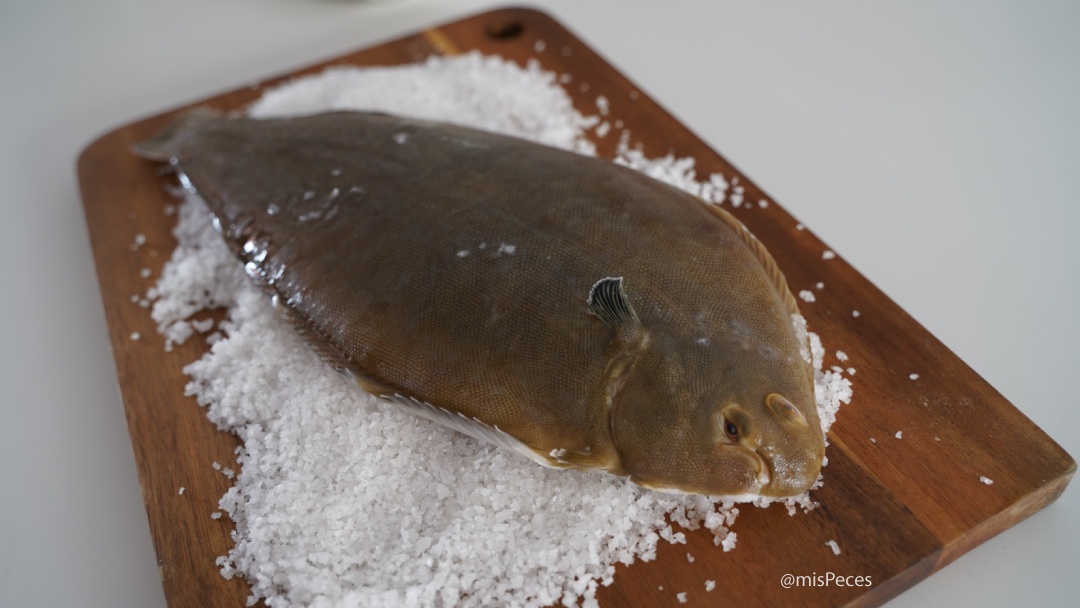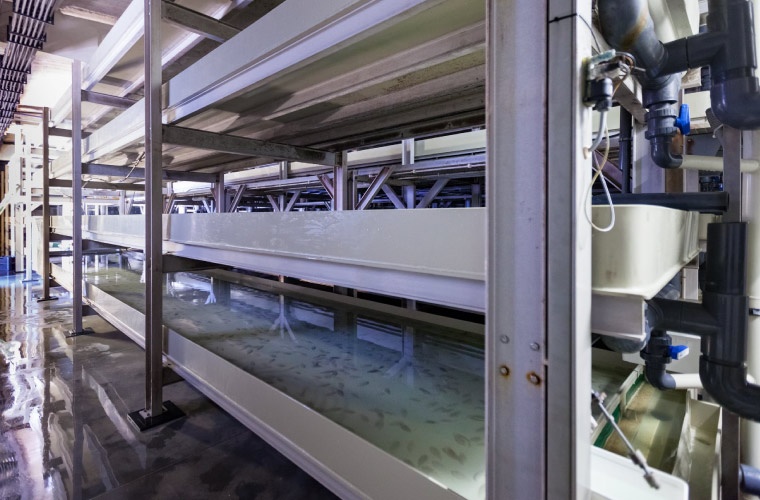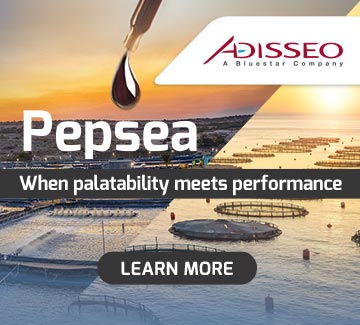
Farmed sole has established itself as a more competitive and accessible alternative due to its stable pricing, compared to wild sole, which retains a premium value in gourmet markets-especially for large size and processed products like fillets.
This farmed sole, Solea senegalensis, shares the market with wild species such as Solea vulgaris and Solea lascaris. The choice between wild-caucht and farmed often depends on the market segment, with wild sole catering to high-end niches, while farmed sole gains ground for its consistency and cost-effectiveness.
Farmed sole prices range from €21.50 to €23.38 per kilo, depending on size, which typically varies between 300 grams and one kilo.
By contrast, wild sole prices fluctuate more significantly, ranging from €10.50 to €40.22 per kilo, depending on size and market conditions.
France and Germany are key markets that place a high value on fresh, whole fish. In France, category 1 wild sole can reach up to €37 per kilo in wholesale markets. Meanwhile, in Germany, prices can go as high as €31.52 per kilo for fresh, whole wild sole.
Spain and Portugal strengthen their leadership

Spain and Portugal, the top producers of farmed sole, are cementing their leadership position through substantial investments in recirculation aquaculture systems (RAS).
According to misPeces, farmed sole production currently stands at 1,752 tonnes, with high growth potential in the coming years driven by companies such as Stolt Sea Farm, Cupimar, and Sea Eight. The accessibility of these markets ensures more competitive pricing, a trend also seen in Italy.
Despite progress, the production of this species still faces technological challenges, particularly in areas such as breeding, vaccine development, and optimizing feed to enhance the immune system of the fish.


